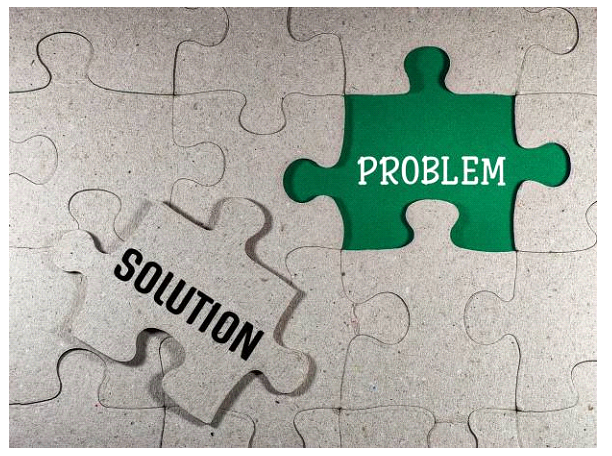How to Enhance Problem-Solving Skills in Leaders
An individualized approach and appropriate strategy are required for effective problem-solving. To develop successful problem-solving approaches, your team or organization must acknowledge that it has a problem.
Follow the essential steps for problem-solving, and use your problem-solving skills to understand an issue and generate appropriate solutions fully. If you address an issue head-on and follow this simple, four-step strategy, your leadership abilities will significantly increase your chances of developing a good solution.
1. Define
Start by clearly defining the issue. When asked, 85% of CEOs admit that their organizations struggle with issue diagnosis. It is challenging to identify and address a poorly defined issue. Defining the problem in a way that makes effective analysis possible is the best way to make sure it's the right one to tackle.
To achieve this, different viewpoints must be taken into account to enhance communication within the team. Work as a team, consult with other specialists and think about different approaches to solving the problem. We call this technique "problem reframing." This alone reduces the problem that many managers encounter: plunging-in-bias. Plunging in bias is starting to fix an issue before fully understanding it.
2. Decompose
It's easy to go straight into "solution mode" if an issue is clearly described and start coming up with solutions. Avoid this temptation!
A problem's solution is often not as simple as it initially seems. It is necessary to dissect the issue into its possible causes or, to put it another way, to break it down. When thinking through possible causes of a problem, you might start by exploring different hypotheses using a logic or issue tree. This aligns with an evidence-based management strategy that encourages us to consider every possible explanation for the problem we're encountering, even if they are incompatible. Your chances of success will increase if you use an approach like this one that promotes systematic thinking.
3. Analyze
Now that the problem's probable causes have been determined, you can start looking into the source or sources of the problem. This involves gathering information on the points you have mentioned as a team. By looking at every possible reason, you may get closer to figuring out what's causing the performance gap.
The Five Whys is a very useful method for this. You should keep asking yourself "why" until no more information can be answered. It usually takes five rounds of questioning to determine what is most likely to be the underlying problem. You may then start to identify possible solutions after this.
4. Act
A possible approach is just that—a possible solution. After putting the intervention you developed into practice, you should check to see if the issue has been resolved. It's possible that it only partially fixed the performance gap. It may not have resolved anything at all if it wasn't the core problem after all. Acting and then checking again assesses the degree of progress and decides your next course of action.
Conclusion
Growth and opportunity are most enabled by problem-solving. For this reason, it is said that the most important lessons in life and business come from failure. Be a leader who requires accountability, shows maturity, and acts bravely. Putting these concepts into practice will make you an expert problem solver. Experiences teach us new things. Embrace problem-solving and all of the hidden benefits it offers.



0 Commentaires